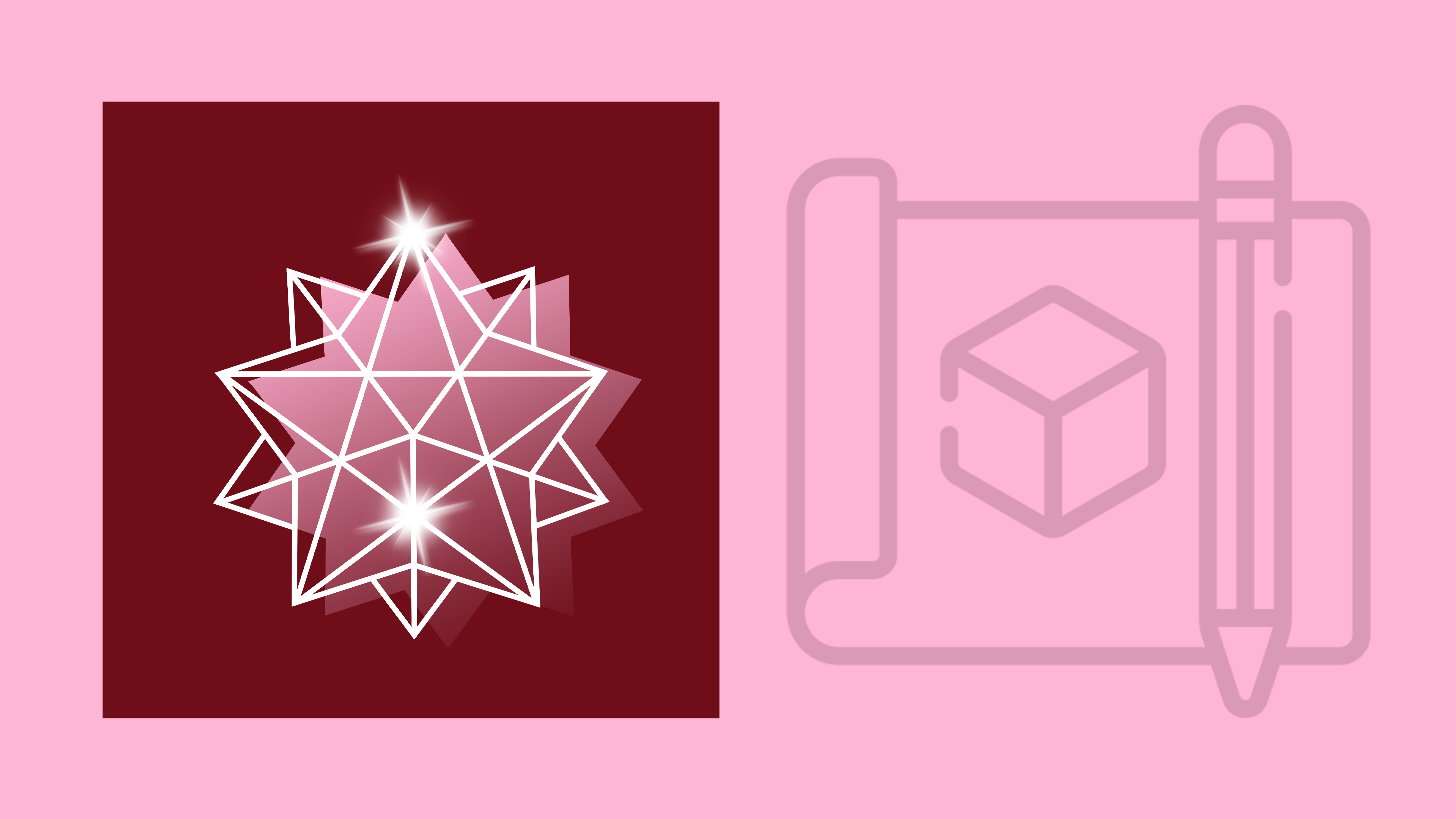Crypto Trading 101: The Basics Every Beginner Should Know
learn crypto
5/13/2025, 3:04:57 PM
Break down complex trading terms and start your crypto journey with confidence.
Diving into crypto trading can feel like stepping into an alien world—charts, numbers, and jargon flying everywhere. But don’t stress, we’re breaking it down so you can start trading with confidence.
The Basics: Buy and Sell Orders
At its core, trading is about buying low and selling high—but how you do that matters.
- Buy Order: Tells the exchange, “I want to buy this crypto at X price.”
- Sell Order: The opposite—"I’m selling at this price.”
Now, let’s talk about the two main ways to place these orders:
- Market Order: Think of it as “just get it done!” This order buys or sells instantly at the current market price. It’s quick and easy but doesn’t let you control the exact price.
- Limit Order: Want more control? A limit order lets you set the exact price you’re willing to pay (or accept). The trade will only execute when the market hits your target, but it might take a while—or not happen at all.
What’s an Order Book?
Picture those super-complex stock market charts you’ve seen in movies. An order book is like the crypto version of that—a real-time ledger showing all buy and sell orders for a cryptocurrency.
- Asks: Sellers listing their crypto and the price they want
- Bids: Buyers making offers at their chosen price.
By checking the order book, you get a sneak peek at market trends—where traders are buying, selling, and what prices are in demand.
Market Depth: How Liquid Is It?
Market depth shows how much crypto is up for grabs in the order book. If there’s high market depth, it means there’s plenty of liquidity (aka lots of buyers and sellers). That’s great if you’re making a big trade because it won’t cause wild price swings.
The Spread: Why it Matters
The spread is the gap between the highest bid and the lowest ask.
- Tight spread = High liquidity (easy trading, minimal cost).
- Wide spread = Low liquidity (harder to trade, bigger price jumps).
Let’s Put It All Together
Here’s how it works in the real world:
Jon wants to buy 1 Ether (ETH) on a crypto exchange.
- Market Order: Jon checks the order book and sees the best ask price is $2,000. He places a market order, and bam—his purchase is executed instantly at $2,000.
- Limit Order: Feeling strategic, Jon places a limit order at $1,950, hoping the price dips. The trade will only execute if someone’s willing to sell at $1,950. If the price doesn’t drop? No trade, no ETH.
Once Jon’s order is filled, the exchange updates his balance to show 1 ETH. If he’s using a centralized exchange (CEX), it stays in his exchange wallet until he transfers it to his personal wallet.
Choosing the Right Exchange
Your choice of exchange matters more than you think. Centralized exchanges (CEXs) are user-friendly and fast, but decentralized exchanges (DEXs) give you more control and privacy. Check out this post for more information.
Crypto trading is as much about strategy as it is about understanding the tools. By mastering concepts like buy/sell orders, order books, and market depth, you’ll be ready to dive confidently into the crypto market. So, what’s your trading game plan? Will you go for quick wins with market orders or play the long game with limited orders? Either way, knowledge is your ultimate trading power.





